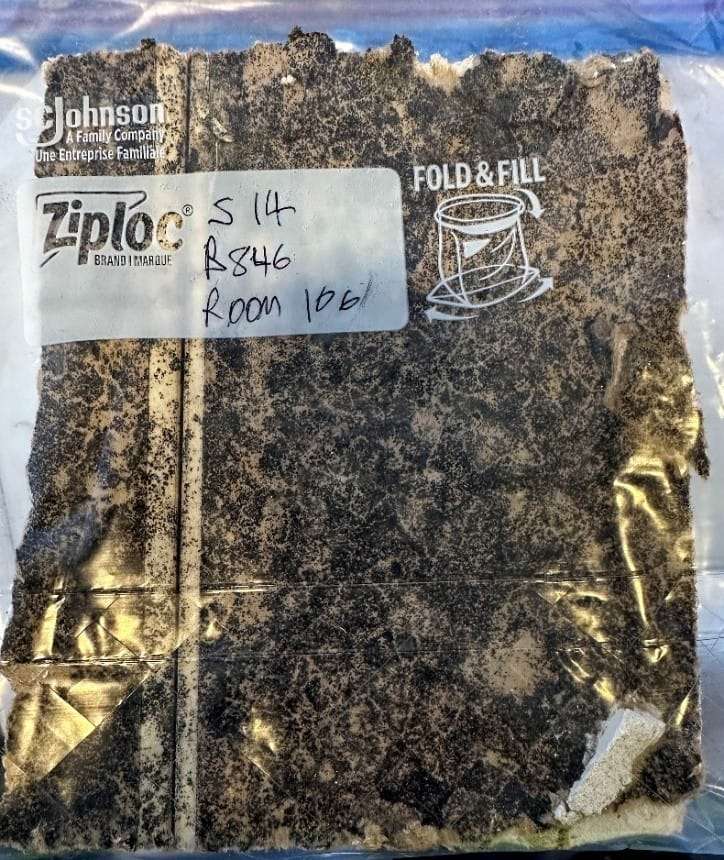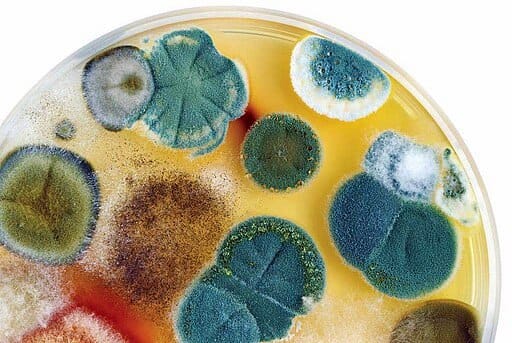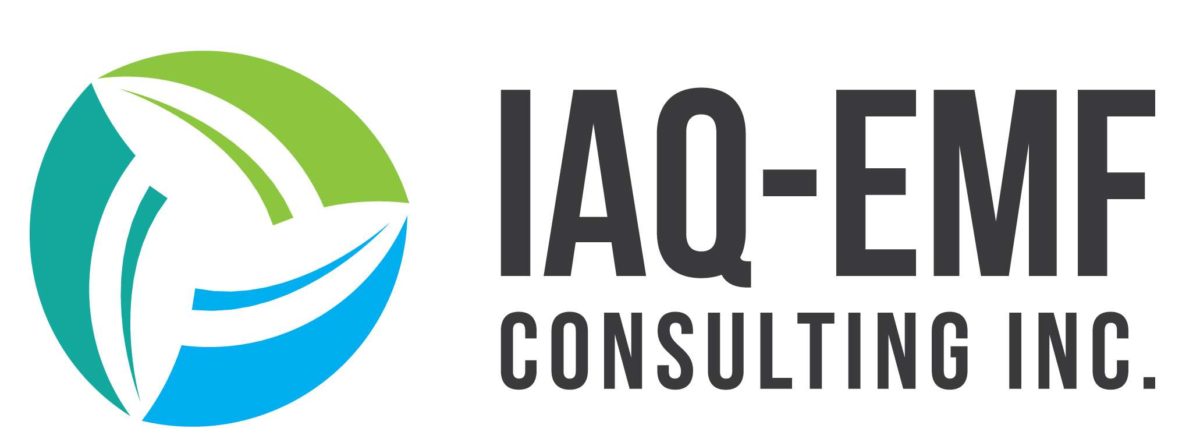Toxic Mold Types and Health Risks: What You Need to Know
So-called toxic mold can lurk in hidden corners of your home—under sinks, behind drywall, and in humid basements. Knowing the most common toxic mold types and their associated health risks can help protect you and your family.

An actual drywall sample with hidden mold growth on the interior of drywall.

Mold grows quickly in the lab and in your living space.
What Is “Toxic Mold”?
“Toxic mold” is a term commonly used to describe certain species of indoor molds that produce mycotoxins, which are chemical compounds capable of causing adverse health effects in humans and animals. While all molds (a type of fungus) can trigger allergic reactions or irritate the respiratory system, molds labeled as “toxic” carry an added risk: they generate these secondary metabolites that, under specific conditions, may contribute to more serious health concerns. It’s important to stress that the label “toxic mold” does not mean every presence of these species will automatically cause harm—exposure level, individual sensitivity, and environmental factors all play a role in determining risk.
Common mold types:
- Stachybotrys chartarum (Black Mold): Often called black mold, it thrives on materials with high cellulose content, such as wood and drywall. Produces mycotoxins linked to respiratory distress.
- Aspergillus Species: A group of molds found indoors and outdoors. Certain species produce aflatoxins, which are carcinogenic and cause allergic reactions.
- Chaetomium: Recognizable by its cotton-like texture and musty odor. Releases mycotoxins affecting the central nervous system.
- Penicillium: Commonly found in water-damaged materials, it can trigger asthma and respiratory infections in sensitive individuals.
Health Risks of mold:
- Allergic reactions (sneezing, runny nose, red eyes, skin rash)
- Asthma attacks and worsened asthma symptoms
- Chronic sinus infections and bronchitis
- Neurological issues (headaches, memory loss, mood swings)
- Fatigue, fever, and chills in severe cases
- Mycotoxin-related immunosuppression
Signs and Symptoms:
- Visible mold growth on walls, ceilings, or floors
- Musty or earthy odors in enclosed spaces
- Water stains or discoloration on drywall and ceilings
- Increased allergy or asthma symptoms when inside the home
- Recurring headaches and fatigue without clear cause
Prevention and Remediation
To prevent mold growth:
• Keep indoor humidity below 60% using dehumidifiers or air conditioners.
• Fix leaks in roofs, windows, and pipes immediately.
• Ensure proper ventilation in bathrooms, kitchens, and laundry areas.
If you suspect mold:
1. Conduct a professional mold inspection (e.g., our Indoor Air Quality Testing services).
2. Use EPA-approved mold remediation techniques or hire certified mold remediation professionals.
3. Replace porous materials (carpeting, drywall) heavily infested by mold.
4. Discard contaminated items in sealed bags to prevent spore spread.
Key Takeaways:
- Stachybotrys chartarum (black mold) and Aspergillus species are among the most dangerous indoor molds.
- Mold exposure can cause respiratory issues, neurological problems, and weakened immunity.
- Regular home inspections and moisture control are critical to mold prevention.
- Professional mold testing and remediation are recommended for suspected mold infestations.
Frequently Asked Questions
What health risks does mold pose?
Exposure to mold can lead to allergic reactions, asthma exacerbation, chronic sinus issues, neurological symptoms like headaches and memory loss, and in severe cases, immunosuppression.
What conditions does mold need to start growing?:
Mold requires three primary conditions to begin growing:
- Moisture: Mold spores remain dormant until they encounter a water source. This can be liquid water from a leak or spill, high relative humidity (generally above 60 %), condensation on surfaces, or even dampness trapped in porous materials (e.g., drywall, wood, carpet). Without sufficient moisture, spores will not germinate.
- Organic Nutrient Source: Mold feeds on organic matter—anything containing cellulose or other carbon-based compounds. Common indoor substrates include wood framing, paper-faced drywall, wallpaper paste, fabric, dust, and even certain paints or adhesives. The more porous and nutrient-rich the material, the more likely mold can infiltrate and colonize.
- Acceptable Temperature Range: Most household molds flourish between roughly 50 °F and 90 °F (10 °C–32 °C). These moderate temperatures—typical of most indoor environments—allow spores to metabolize and reproduce.
In practice, any area of your home or belongings that remains damp—such as a leaky pipe behind a wall, condensation around windows, or high-humidity rooms without adequate ventilation—provides the perfect environment for dormant spores to “wake up,” feed, and form a new colony. Ensuring surfaces stay dry (relative humidity below 50 %), repairing leaks promptly, and using proper ventilation in bathrooms, kitchens, and basements are the most effective strategies to prevent mold from ever gaining a foothold.
Worried about mold in your home or business?

Contact our Certified Industrial Hygienist (CIH) at IAQ-EMF Consulting Inc. for a comprehensive mold inspection and remediation plan: * Contact Us Here or call * (800) 862-9655.
